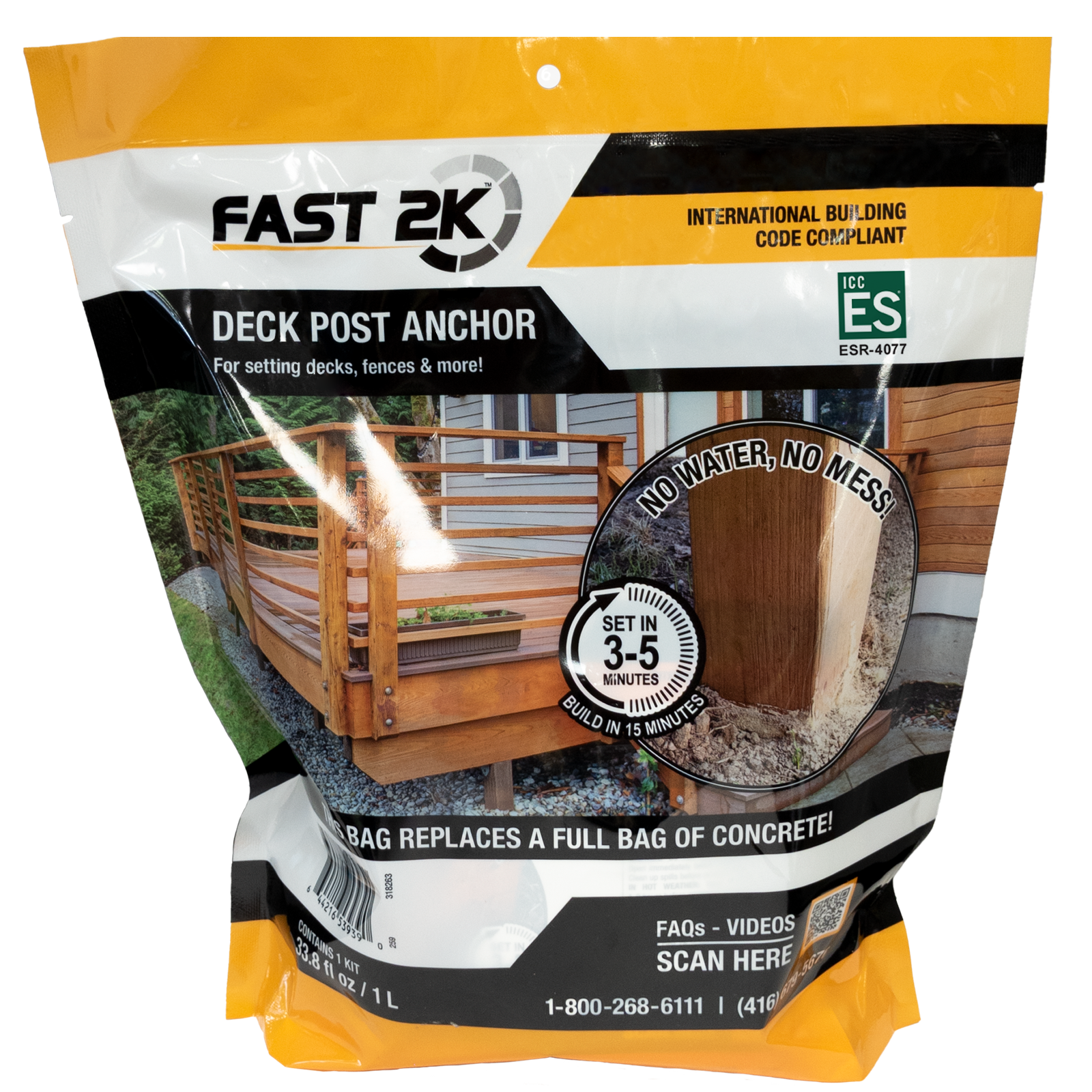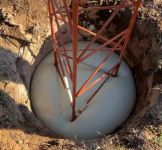A local HAM has erected a 50 foot tower in his yard using expanding foam (for fence posts) instead of concrete for a secure base mounting. He recently guyed the tower, but it seems using foam instead of concrete could be a problem down the road.
Has anyone seen foam used this way???
Has anyone seen foam used this way???



